LATE MEDIEVAL ARCHITECTURE STRUCTURES IN ITALY
1/14
There's no tags or description
Looks like no tags are added yet.
Name | Mastery | Learn | Test | Matching | Spaced |
|---|
No study sessions yet.
15 Terms
Milan Cathedral
the 2nd largest Gothic cathedral in the world, next to Cathedral Of Seville, Spain.
The cathedral is the largest medieval cathedral in Italy & can accommodate 40,00 people. More than 50 architects took part in the construction of the church in a span of 5 centuries.
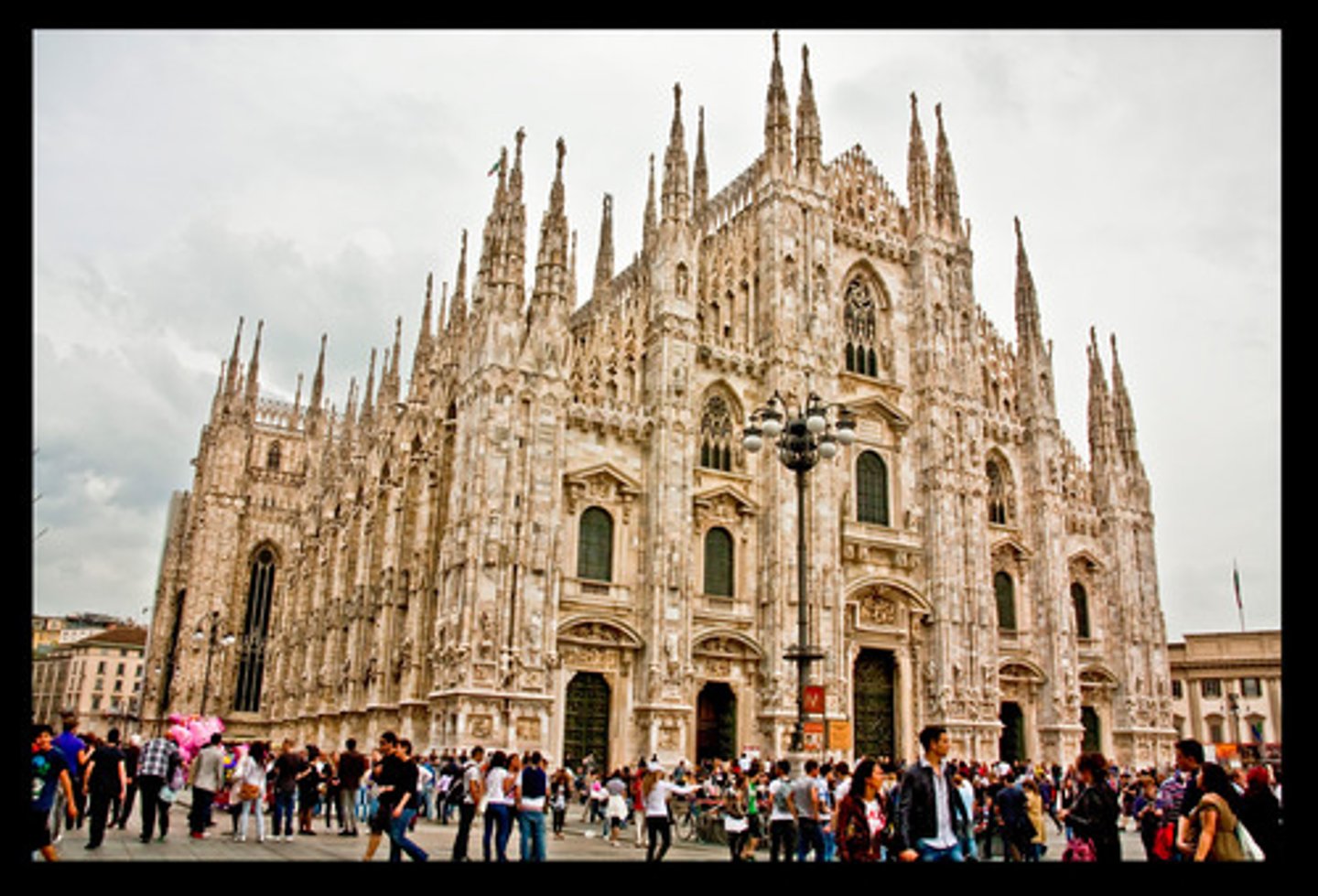
Basilica de San Antonio de Padua
a 7-domed pilgrimage church.
S. Giovanni e Paolo
Venice
is a Dominican church with beautiful brickwork.
S. Andrea, Vercelli
by Cardinal
Guala Bicchieri.
is closest in spirit and form to the
French gothic style
Its facade is finished with grey-green stones.
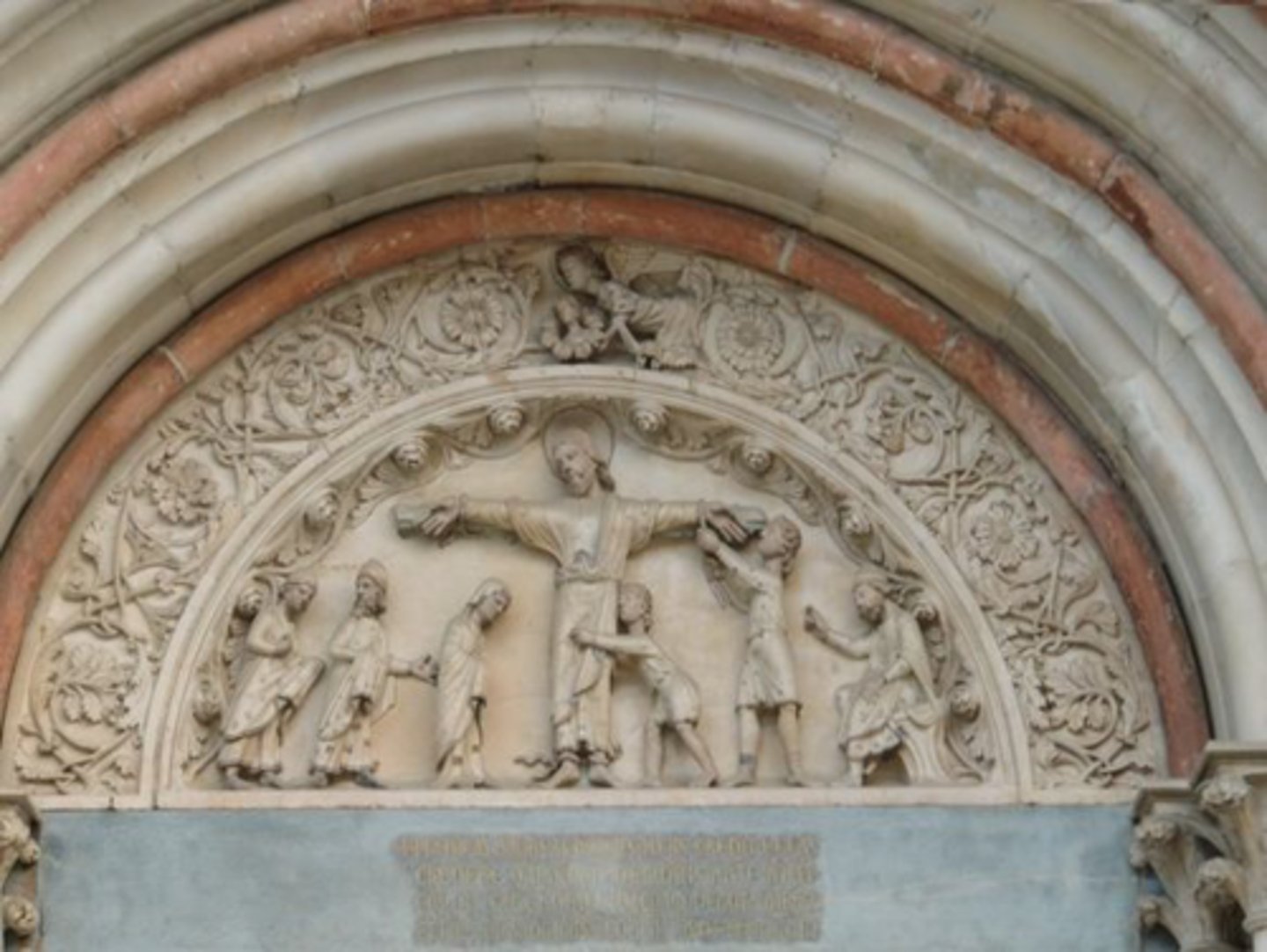
Doge's Palace
designed perhaps by Filippo Calendario
The whole scheme of columned & pointed arches with a combination of carved capitals & long horizontal line of open tracery is a unique design of Venetian Gothic.
faced with white & rose colored patterned marble with a central ornate window.
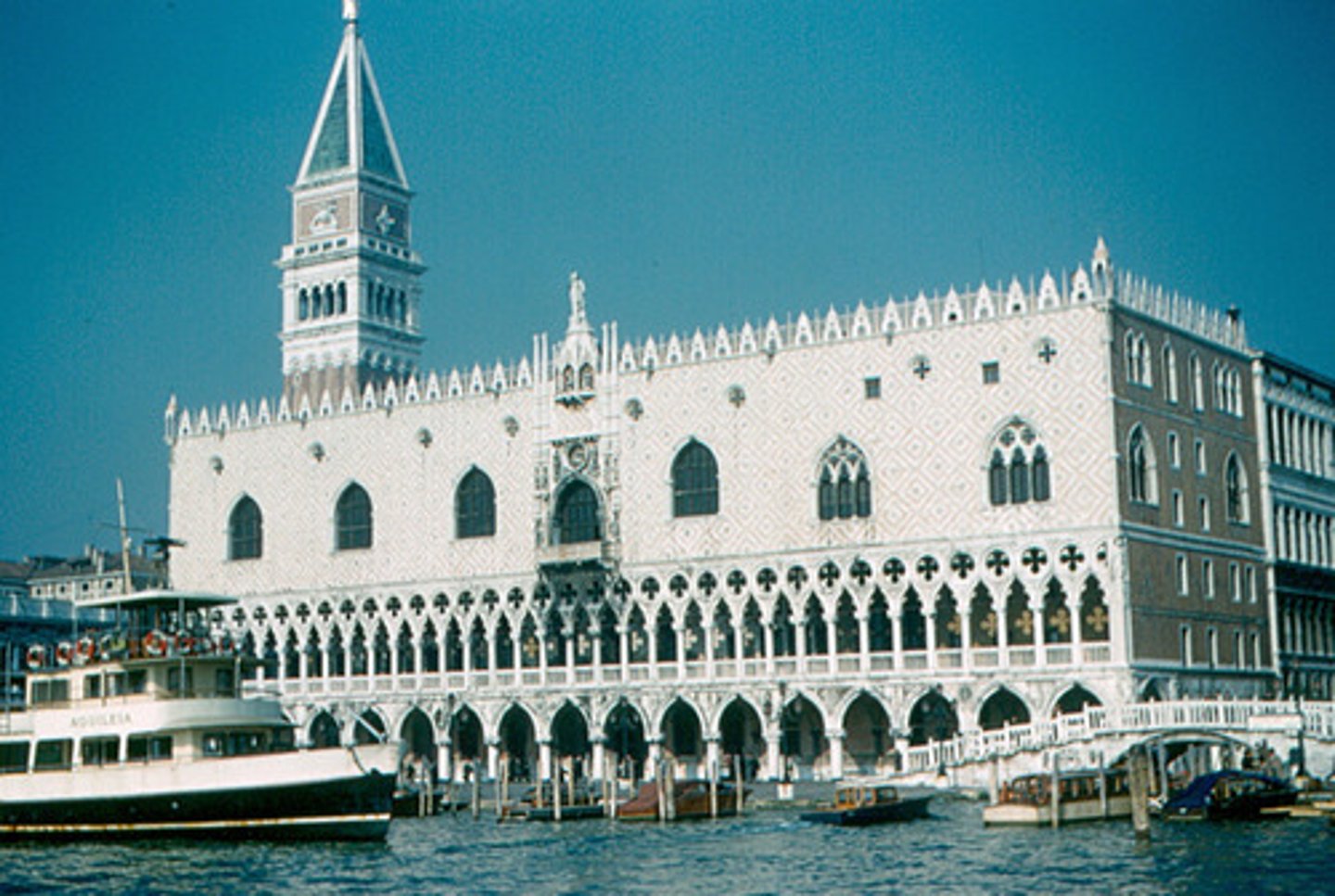
Ca' d'Oro
was designed by Giovanni & Bartolomeo Buon.
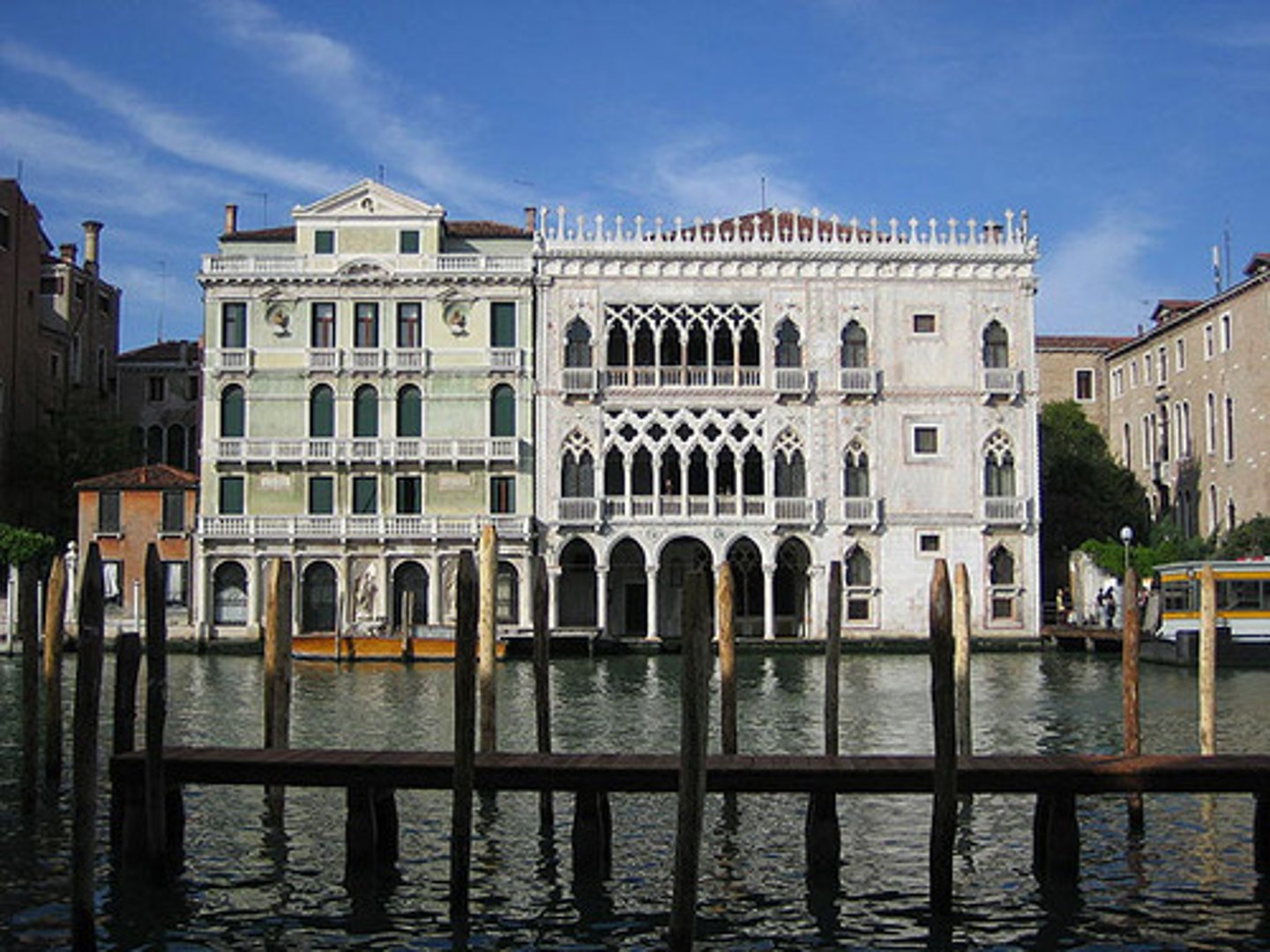
Florence Cathedral
designed by Arnolfo di Cambio.
The exterior of Florence Cathedral is faced with polychrome marble panels in various shades of green and pink bordered by white, an elaborate 19th-century Gothic Revival fagade by Emilio De Fabris.
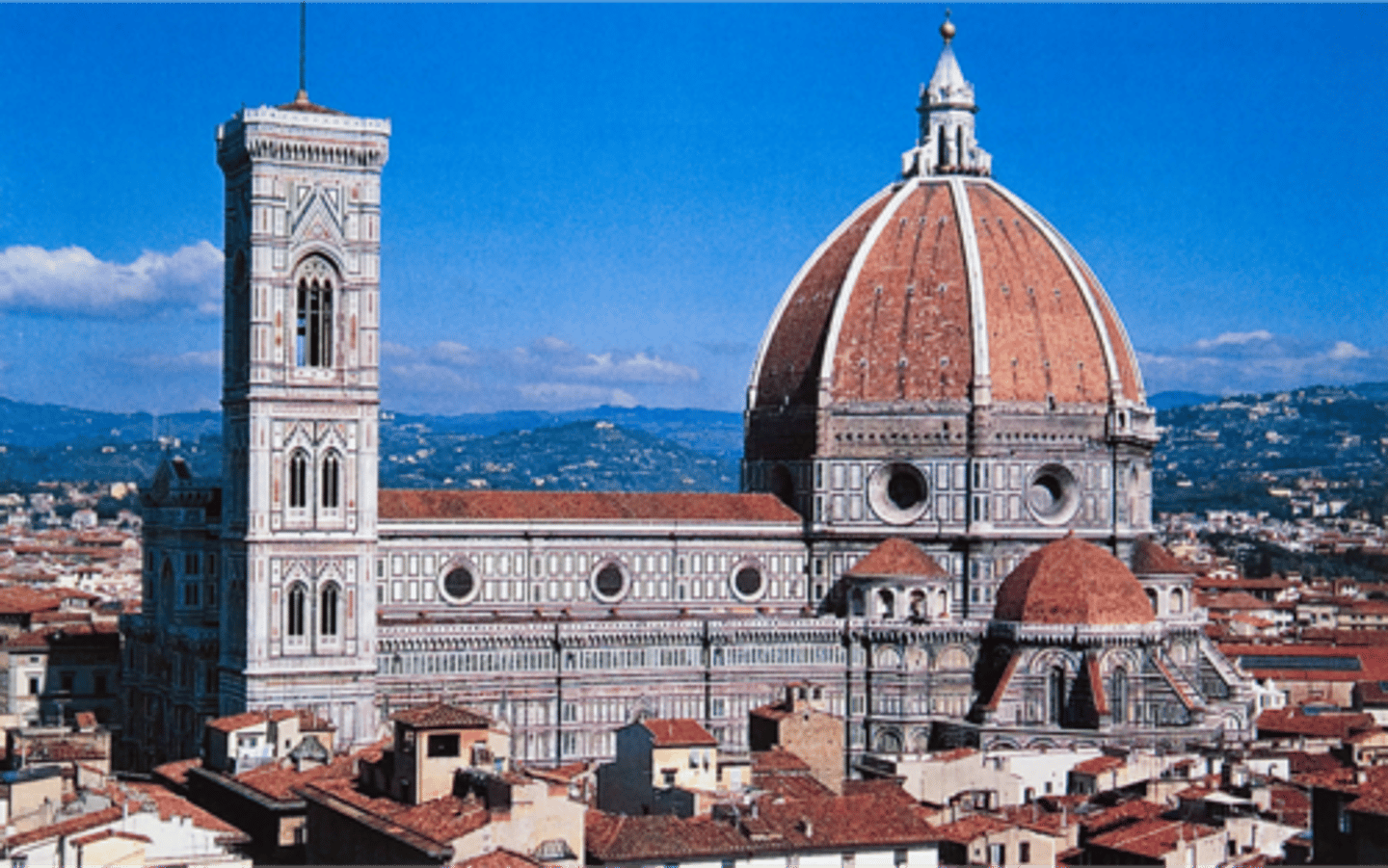
Florence Cathedral Bell Tower
initially designed by Giotto & later by Andrea Pisano & Francesco Talenti.
The Cathedral; Bell Tower, Baptistery and its surrounding city is a World Heritage Site by UNESCO in 1982.
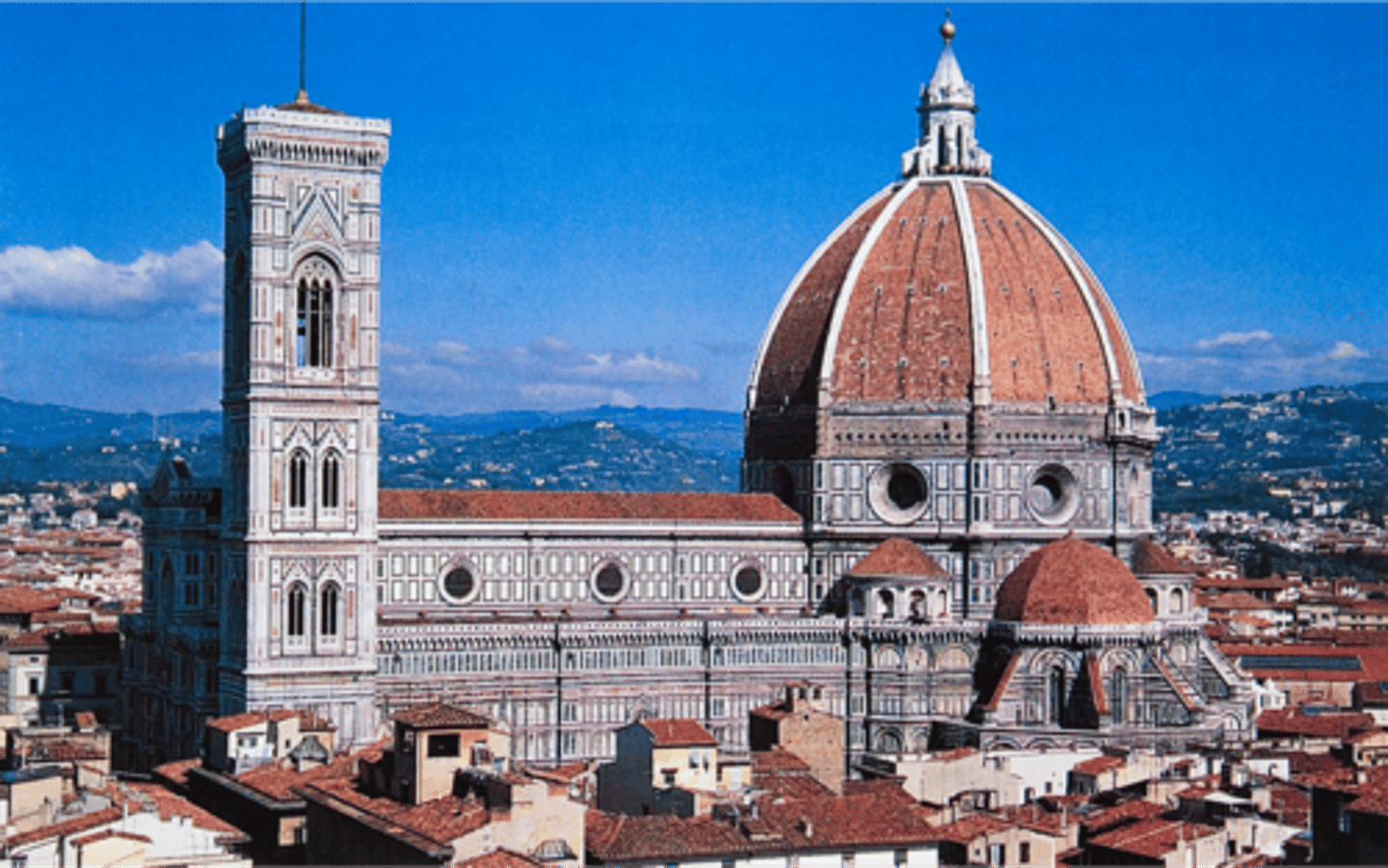
Florence Cathedral Baptistery
by Lorenzo Ghiberti in Florentine Romanesque style, is octagonal in plan with an internal dome. It is faced with Siena red and Prato green marbles.
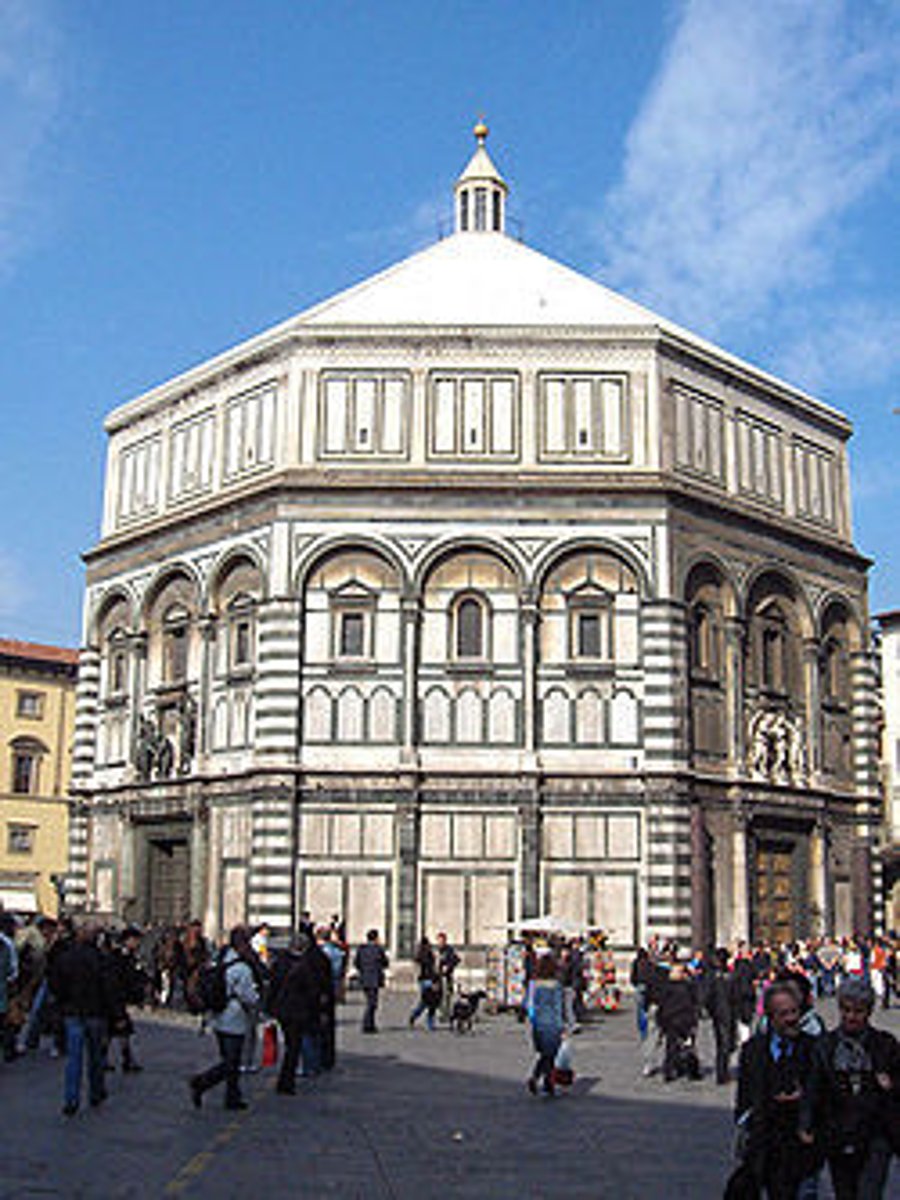
Siena Cathedral
interior with zebra-marble stripes on piers & walls. It is one of the most stupendous undertakings since the building of Pisa cathedral.
Piccolomini Library houses the precious illuminated choir books and frescoes painted by the Umbrian Bernardino di Betto, called Pinturicchio, probably based on designs by Raphael.
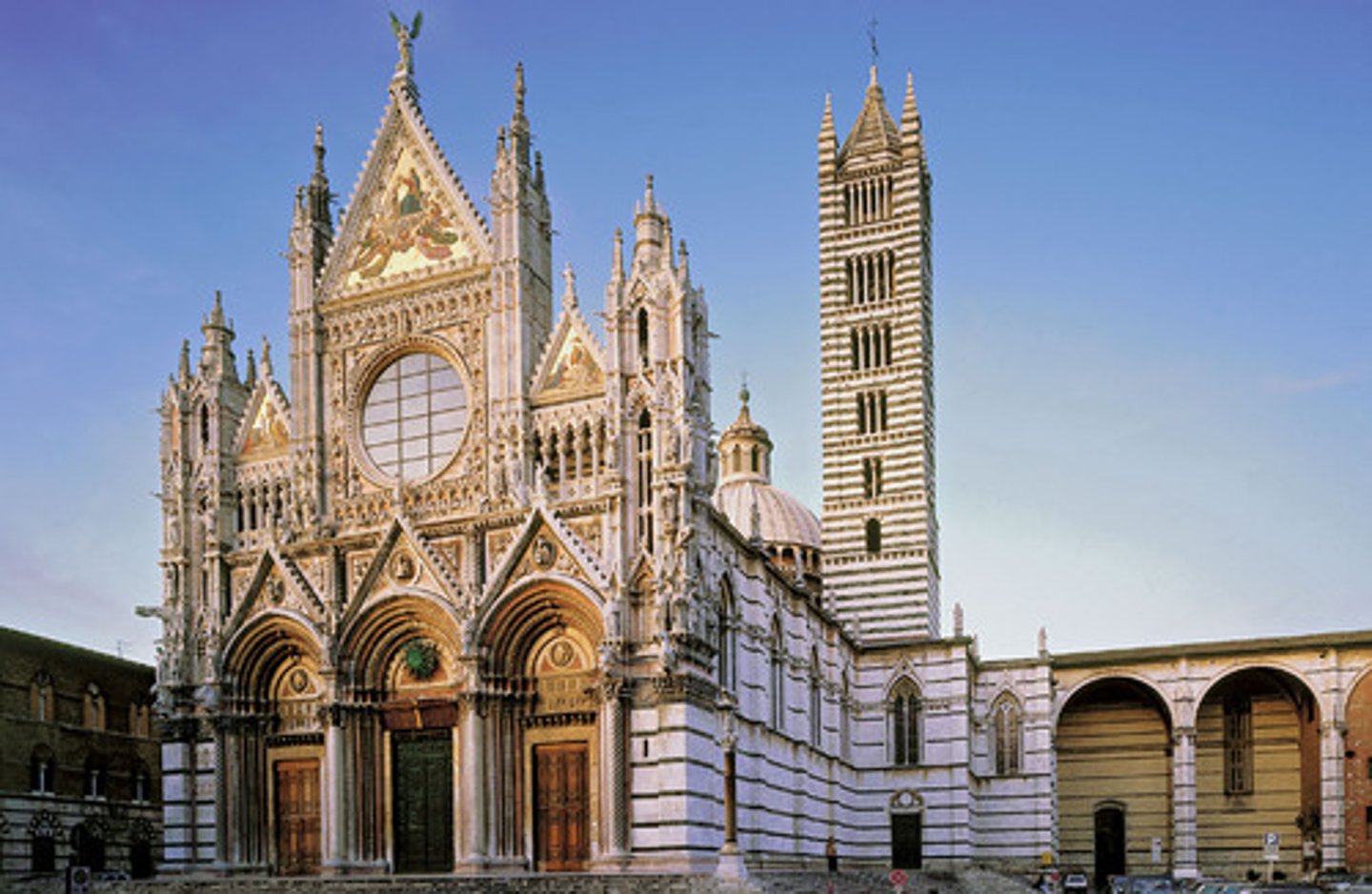
Orvieto Cathedral
by Arnolfo di Cambio is faced with striped marble, basalt & travertine & windows are filled with alabaster.
Its fagade has glittering mosaics created by artist Cesare Nebbia.
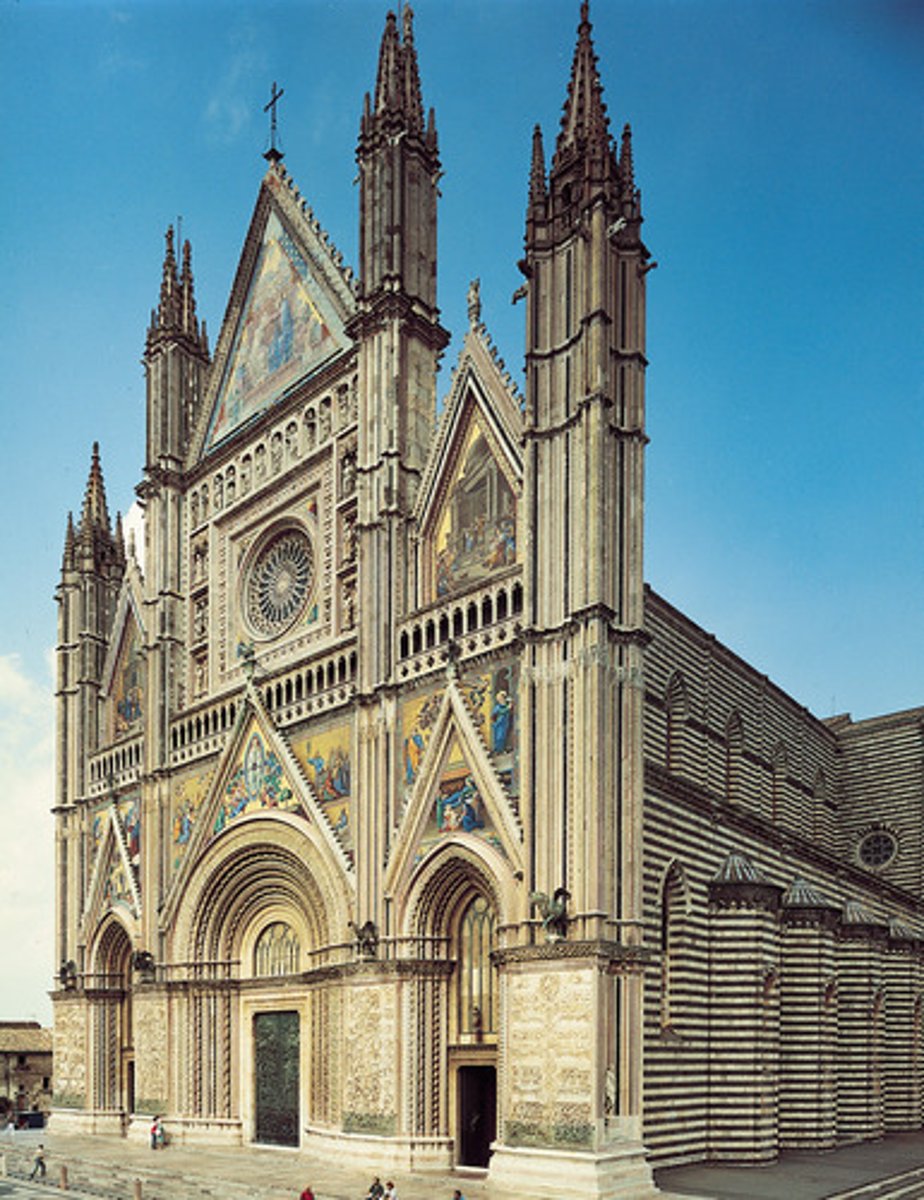
S. Maria Novella
Florence is the city's principal Dominican church & the first great basilica in Florence. It was designed by Fra Sisto Fiorentino and Fra Ristoro da Campi. The fagade was later designed by Leon Battista Alberti in the renaissance style.
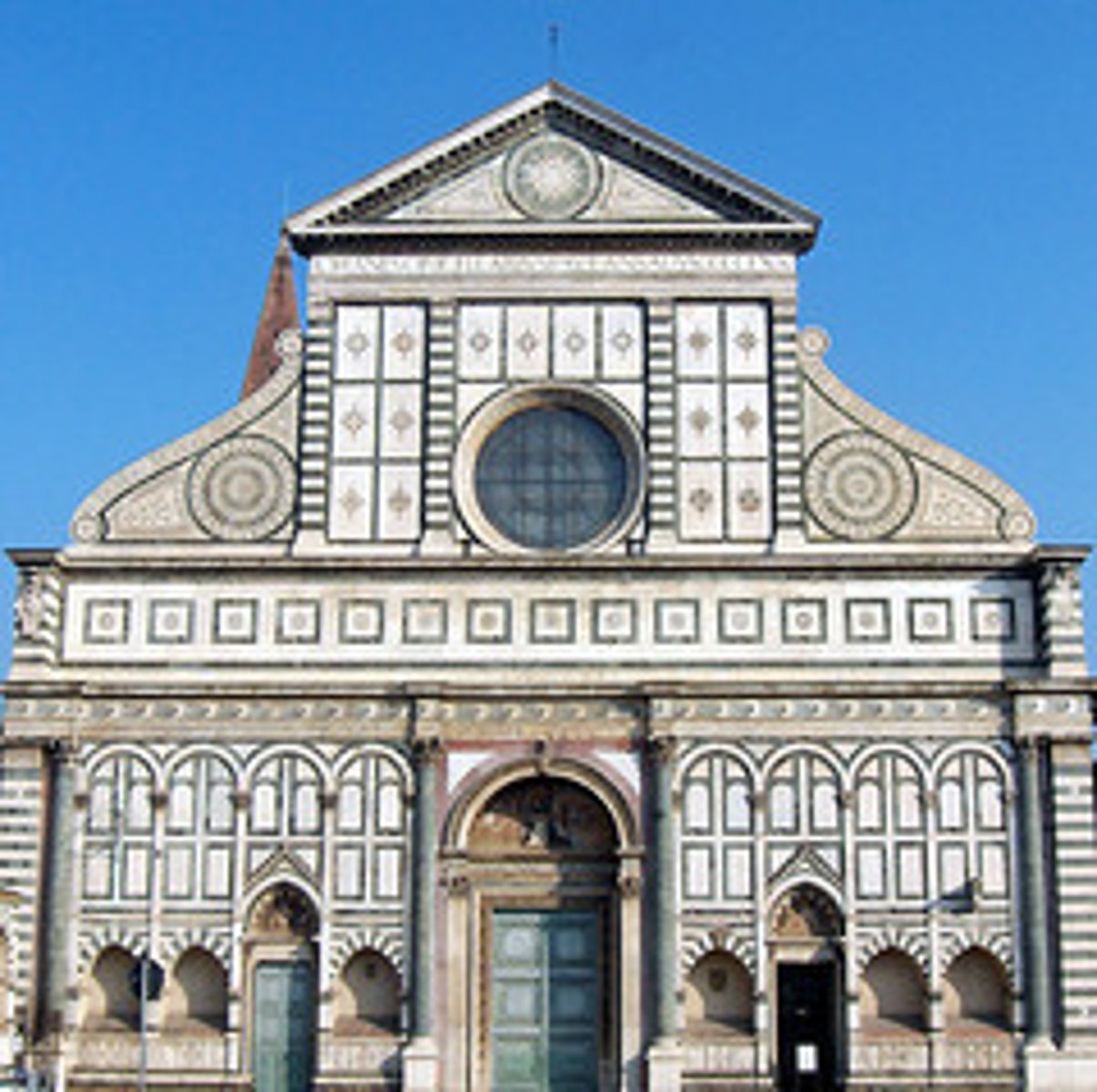
S. Croce, Florence
a Gothic version of a basilican church by Arnolfo di Cambio.
It is the largest Franciscan church in the world.
Its most notable features are its 16 chapels decorated with frescoes.
It contains monuments of celebrated Italians. Inside are Michelangelo's and Galileo's tombs.
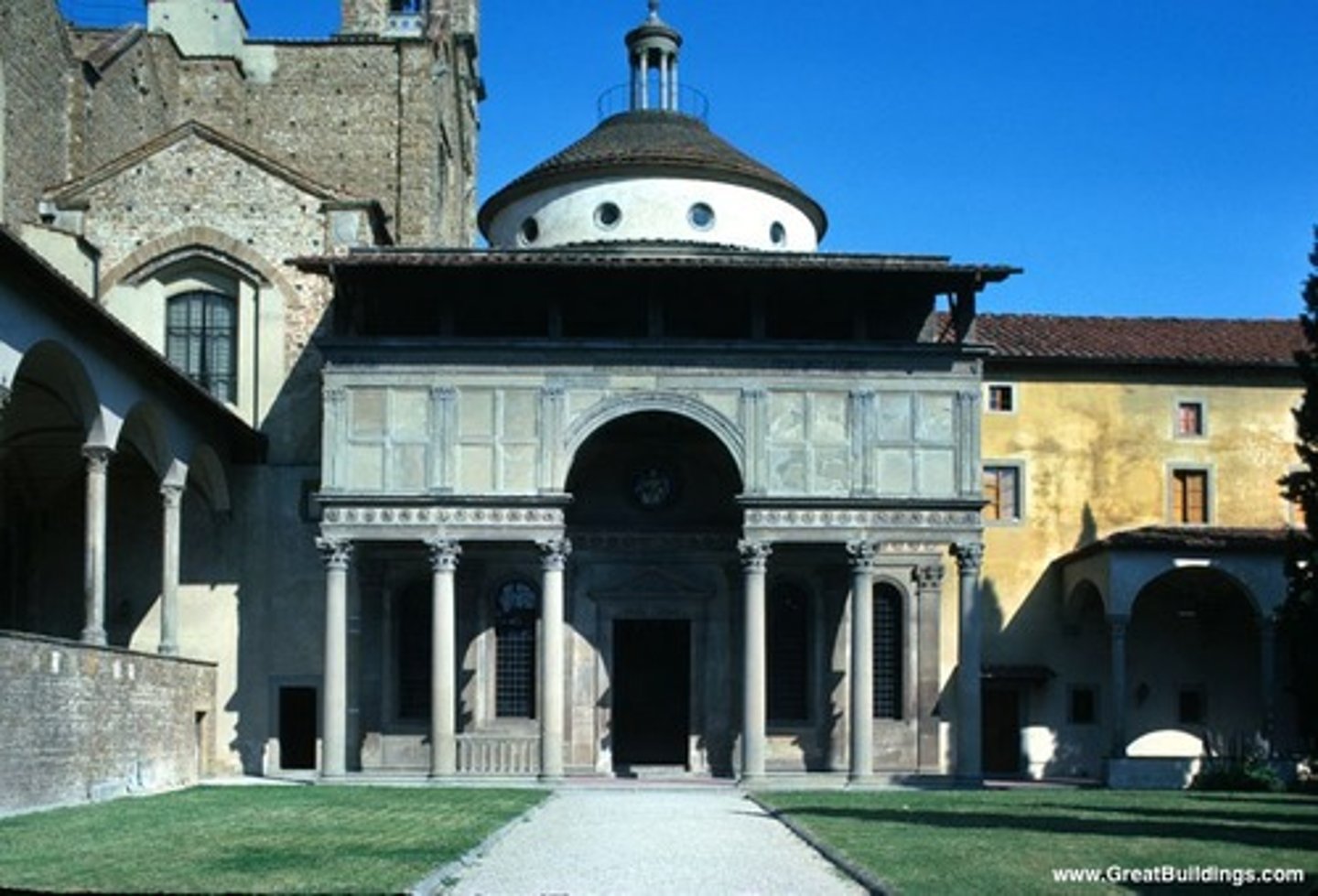
Messina Cathedral
was begun during the time of King Roger.
facade portals are Gothic
bell tower holds one of the world's largest astronomical clocks, built in 1933 by Ungerer Company of Strasbourg
at midday, clock figures are set in motion and show scenes from history
open timber ceiling is a Romanesque basilica type with colorful Arab motifs
Palermo Cathedral
was erected in by Walter Ophamil
turned into a mosque by Saracen after their conquest in the city (Sicily) in the 9th century
characterized by presence of diff. styles, due to long history of additions, alterations, restorations, the last of which occurred in the 18th century